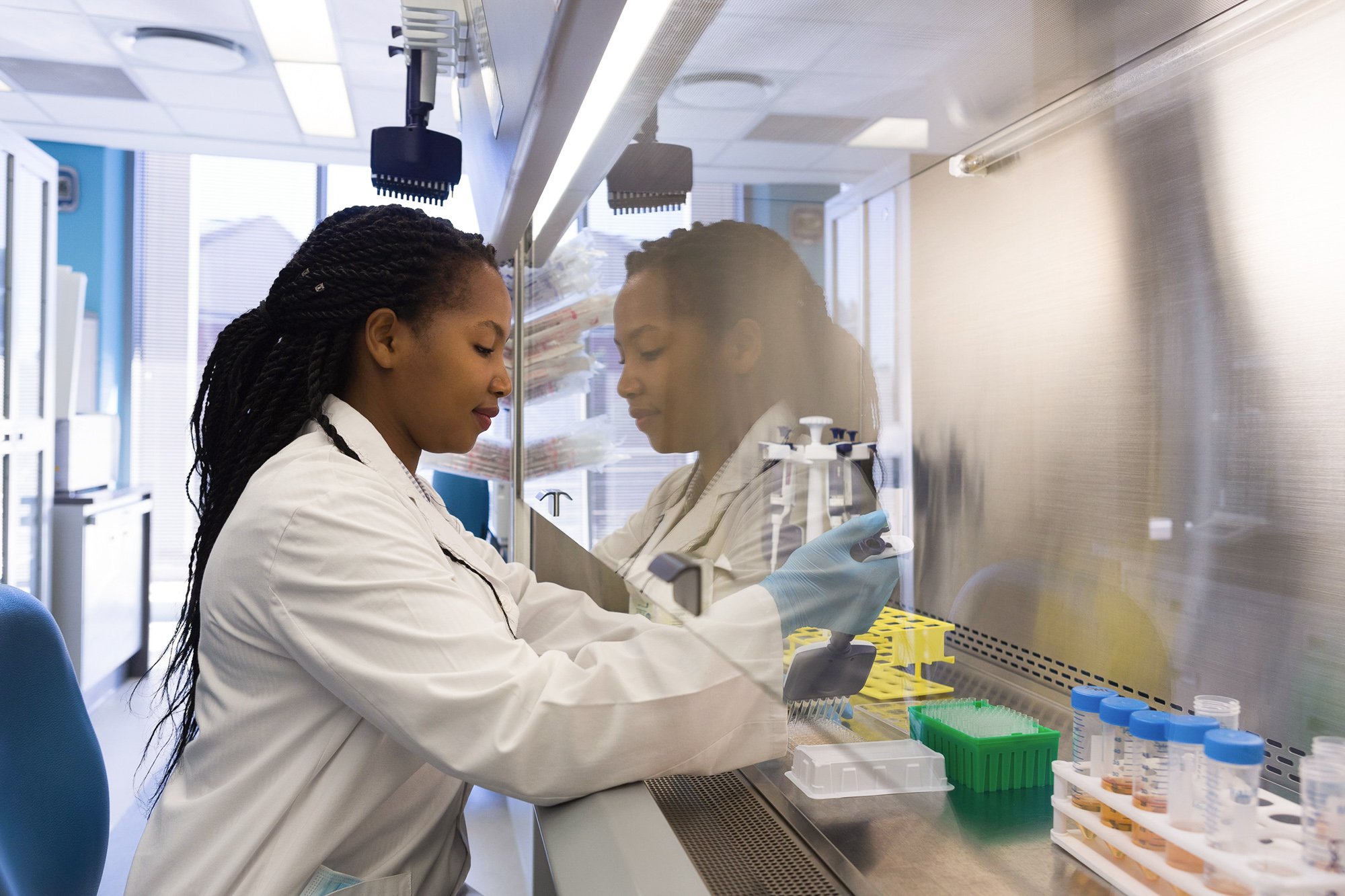Cultivated meat co-product valorization
Animal cell metabolism within cultivators can produce useful co-product side streams that provide monetary value to the manufacturer while creating a novel source of inputs for other industries. Potential side streams should be identified and analyzed for their utility and economic viability, in addition to developing methods for efficient side stream capture.
-
Cultivated
- Research
- Commercial
- Raw Materials, Ingredients, & Inputs
- R&D
- Cell culture media
- Bioprocess design
- Academics
- Industry
- Startups
Current challenge
The two primary and deeply intertwined challenges for commercializing cultivated meat boil down to reducing costs and increasing scale. In order to scale up, enormous amounts of animal cells must be grown at high densities. The scale-up process becomes increasingly difficult as metabolic byproducts such as ammonia, lactic acid, and CO2 become toxic, requiring acute and adaptive control systems to modulate their concentrations. Theoretically, these byproducts could be captured using media recycling systems and serve as inputs for other industries while offsetting the cost of goods for cultivated meat production.
Similarly, other byproducts of cells such as exosomes or secreted growth factors could be captured and valorized. The creation of targeted recycling systems and feasibility analyses for valorizing a range of byproducts offers solutions to manufacturers in scaling up, reducing costs, and improving sustainability metrics.
Proposed solution
To valorize cultivated meat side streams, feasibility analyses for each byproduct should be conducted. An analysis should entail assessing the design requirements of recycling systems to capture the byproduct, conducting a cost-benefit analysis of capturing the byproduct, identifying the most tractable industries that could serve as purchasers of the byproduct, and speculating on how these analyses could be affected by a change in cell type or species. Examples of potential side streams worthy of further exploration include:
- Capturing ammonia to create ammonium sulfate, which can be used as a fertilizer
- Capturing lactic acid to create poly-lactic acid, which is widely used in bioplastics
- Capturing exosomes or growth factors to sell to researchers in life sciences and academia
- Capturing CO2 to reduce the facility carbon footprint
If determined feasible, subsequent research can commence to develop appropriate recycling and harvesting systems to supply sufficient yields and purity of these byproducts to justify their recovery.
Anticipated impact
Because cost reduction is arguably the largest challenge facing widespread commercialization of cultivated meat, the ability to valorize byproducts of cell metabolism as an additional revenue stream could have a profound impact on the economic viability of the industry. Furthermore, side stream valorization can contribute to sustainability metrics by reducing the amount of waste generated by a cultivated meat manufacturing facility.
The magnitude of the potential impact of side stream valorization on cost reduction and sustainability will be informed by rigorous feasibility studies. These efforts will focus subsequent research toward only the products that exhibit the greatest potential for cost or sustainability impact. For instance, it is possible that some byproducts are not practical to harvest, or that they are not tractable from an economics perspective. Thus, this initial analytical work will inform resource allocation and research efforts for the maximum likelihood of success for the cultivated meat industry.
Related efforts
- Demonstration of recycling of growth factors using dialysis (Nath et al. 2017).
GFI resources

Analyzing cell culture medium costs
This white paper explains different routes to lowering the cost of cell culture medium and making cultivated meat economically viable.

Cultivated meat
This is your guide to cultivated meat. Explore our tools, resources, and expert analysis of the cultivated meat industry.

Find collaborators
Join the GFIdeas global community of 2,000+ entrepreneurs, scientists, investors, and subject matter experts. Discuss projects on the members-only Slack community, attend monthly seminars, and use the community directory to help you find collaborators working on similar Solutions!
Related solutions
-
Cultivated
Open-access formulations & optimization methods for cell culture media and growth factor cocktails
The availability of more open-access formulations will provide a foundation to enable both academic researchers and startup companies to develop their own customized formulations with far less effort and cost.
-
Cultivated
-
Fermentation
-
Plant-Based
Forging product development partnerships among ingredient suppliers and manufacturers
Opportunities exist to coordinate product development partnerships between ingredient suppliers, strategic partners, and product manufacturers to directly engage more holistically on product formulation.
-
Cultivated
Post-harvest processes and end product characterization for cultivated meat
A number of cellular processes occurring after slaughter are known to affect the quality and sensory properties of conventional meat. Cultivated meat will offer unprecedented control over these parameters and…

Explore the full solutions database
Browse 300+ startup ideas, commercial opportunities, research projects, and investment priorities throughout the alternative protein supply chain.
Get involved
If you’d like to fund a research project, work on any of these solutions, share information about related efforts that are already underway, or elevate new ideas for advancing the alternative protein industry, we’d love to hear from you!
